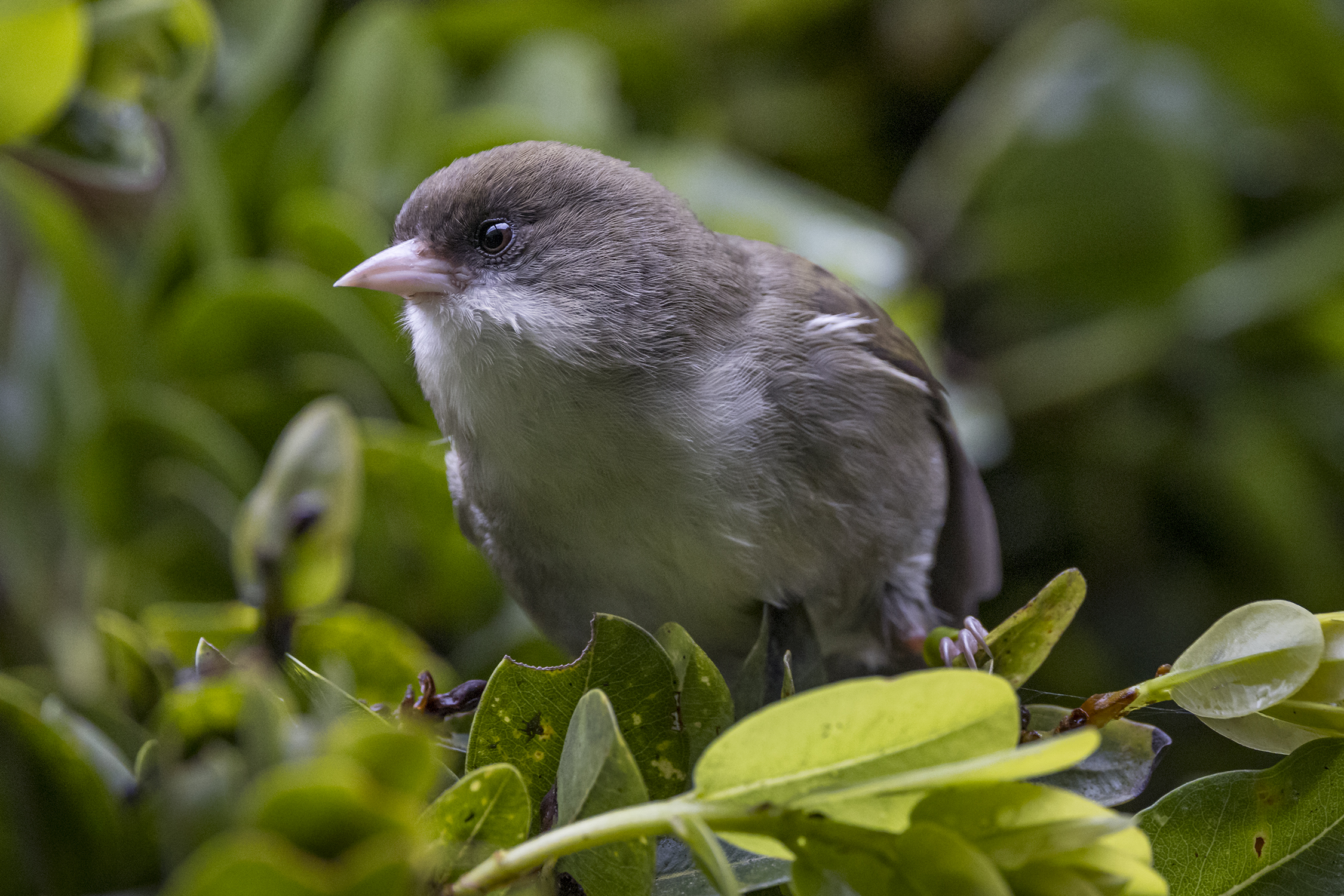Woolly mammoths, Tasmanian tigers, not-really-dire wolves – increasingly, genomics has revealed itself as a major potential player in the quest to revive long-extinct species. But here’s a question: what if we could use it to help avoid the loss of entire species in the first place? Wouldn’t that be, you know, better?
According to a new study led by San Diego Zoo Wildlife Alliance and Smithsonian’s National Zoo and Conservation Biology Institute, among others, the answer is not only “yes”, but “yes, and we should get on with it – because the world’s rarest birds need our help right now.”
In Hawai‘i, native forest birds are facing a crisis. Honeycreepers – small, brightly-colored, and apparently very particularly aromatic birds that live only on the archipelago and are highly specialized for that environment – are under threat from just about everything possible: all the classic problems that come with living near humans, of course, but also rampant mosquito-borne avian malaria, brought in by invasive bird species and encouraged by global warming.
Faced with this onslaught, honeycreeper numbers have plummeted. Out of around 60 species that historically made up the group of birds, only 17 still exist, with all but three being classified by the IUCN as either vulnerable, endangered, or critically endangered. Two species in particular – the ‘akikiki and ‘akeke‘e, both endemic to Kaua‘i island – have faced population declines of more than 99 percent in the past two decades. It is, to put it mildly, not looking good for these little birds.
But here’s the good news: it may still be possible to save them.

The ʻakikiki is considered to be the most endangered of Hawaiian birds, but there could be hope to save the species.
Image credit: San Diego Zoo Wildlife Alliance
It’s nothing if not a Hail Mary – there are thought to have fewer than 100 individual ‘akeke‘es in the wild, and the ‘akikiki is extinct outside of conservation centers – but through genome sequencing of both these species and that of the extinct po‘ouli, the researchers were able to figure out not only the driving factors behind the species’ extinctions, but also their chances of recovery.
The results “strongly implicat[e] avian malaria as the key factor driving recent population declines in ‘akikiki and ‘akekeʻe,” the team found – especially since “other threats (e.g., habitat degradation and non-native predators) have been present for much longer,” they point out.
It turns out that malaria is particularly impactful for these species – not only because it’s a non-native disease, which the birds would have no natural immunity to, but because the ‘akikiki and ‘akekeʻe are species with surprisingly high genomic diversity. In theory, that could be a benefit – species with high genetic diversity “may have an enhanced potential to adapt to novel stressors such as avian malaria,” the researchers write. Indeed, a couple of honeycreeper species do seem to have done exactly that: it “appears to be the case for Hawaiʻi ‘amakihi, a species that is known to have some immunity to malaria and exhibits the highest levels of genetic diversity among honeycreepers.”
But the flipside of that genetic diversity is that, when many individuals are lost, inbreeding can be catastrophic. Basically, the more diverse your genome, the more likely individuals will be to have the odd deleterious mutation here and there – things which, under normal circumstances, would easily be bred out, but with inbreeding simply… stick around. The result, demonstrated clearly in the analysis of the ‘akikiki genome, is lower survival rates, even for those birds who avoid the malaria virus.
Overall, then, the study is a vindication of ongoing efforts in the state to curb the spread of the disease and the survival of the insects that carry it – as well as an urgent reminder of the schemes’ importance.
“In a race against time to save the remaining honeycreepers, necessary insights about their survival are found in their genetic makeup,” said Christopher Kyriazis, lead author of the new study and a postdoctoral researcher at San Diego Zoo Wildlife Alliance, in a statement emailed to IFLScience. “Our findings provide a new understanding of the last remaining individuals as recovery efforts forge on in their native forests and in human care.”
The study is published in the journal Current Biology.
Source Link: These Little Birds Are All But Extinct – But There Is Still Time To Save Them